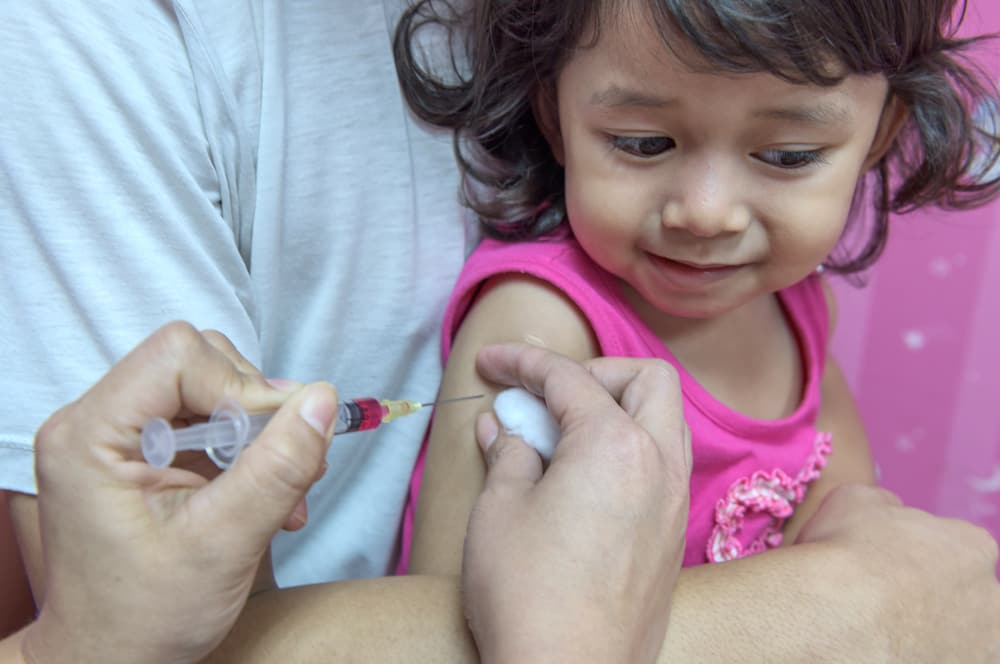Contents:
Medical Video: Viral Load and Monitoring
Definition
What is HIV viral load?
The virus number test measures how much human immunodeficiency virus (HIV) is in the blood. The number of viruses is first measured when you are diagnosed with HIV infection. This initial measurement functions as a basis, and subsequent measurements will be compared with basic measurements. Because the number of viruses can vary from day to day, trends over time are useful for determining whether an infection is getting worse. If the number of viruses increases along several measurements, the infection worsens. If the trend in the number of viruses decreases along several measurements, then the infection improves.
Virus counts are measured using one of three different types of tests:
- reverse-transcriptase polymerase chain reaction test (RT-PCR)
- branched DNA test (bDNA)
- nucleic acid sequence-based amplification (NASBA) test
This test measures the amount of genetic material (RNA) of HIV in the blood. However, each test gives different results from each other so it is important to use the same test all the time.
When should I undergo HIV viral load?
The different times you need in HIV number testing include:
- right after the diagnosis, called basic measurement. The results of the next tests can be compared with the test
- every 2-8 weeks at the start of treatment or with changes in treatment. This helps assess how the drug works
- every 3-6 months or according to the doctor's direction if the treatment is effective
Your doctor may consider measuring the amount of the virus along with your CD4 + count to decide when to start antiretroviral therapy.
Prevention & warning
What should I know before undergoing HIV viral load?
Don't compare the results of different methods (RT-PCR, bDNA, NASBA) to measure the number of viruses. It is important to use the same measurement method every time. The result of an undetectable virus does not mean you are no longer exposed to HIV in the blood, but only means that the amount of HIV in the blood is too low to be detected in the test. HIV can still be transmitted to other people even though the number of viruses cannot be detected.
Viral counts are not routinely used to diagnose HIV. HIV antibody tests are used for this purpose. The number of viruses tested by the PCR method is very sensitive, which can give some wrong HIV positive results.
Process
What should I do before undergoing HIV viral load?
You don't need to do anything before taking this test.
What is the HIV viral load process?
The doctor will clean a small area on your arm or elbow with an antiseptic cloth or alcohol pad. In some cases, your doctor will tie an elastic belt around your upper arm to increase blood flow so that blood can collect from the arteries much more easily. Your arm is then pierced with a needle inserted into the artery. The pipe that collects blood is attached to the other end of the needle.
After the blood has accumulated sufficiently, the doctor will remove the needle and then put cotton and bandages to stop bleeding at the place where the skin is pierced with a needle.
What should I do after undergoing HIV viral load?
You will be notified when you can find out the test results. The doctor will explain the meaning of the test results and you must follow the doctor's instructions.
Explanation of Test Results
What do the test results mean?
Test results can take 2 weeks.
The normal values listed here - called range references - are only as a guide. This range varies from one laboratory to another and depends on the test method used (RT-PCR, bDNA, NASBA). Your laboratory may have a different range for normal benchmarks. Reports from the laboratory must contain the range used by your laboratory. In addition, your doctor will assess your results based on your health and other factors. This means that values outside the normal values listed here may still be normal for you or your laboratory.
The results of the virus count are reported as the number of HIV copies in milliliters (saliva / ml) of blood. Every virus is called a "copy" because HIV reproduces by making its own copy (replica).
Viral load
Normal: HIV is not detected in the blood.
Abnormal: HIV is detected in the blood. The doctor will compare the current measurements with the previous values.
If the number of viruses increases, the infection worsens, and vice versa.
Hello Health Group does not provide medical advice, diagnosis or treatment.











